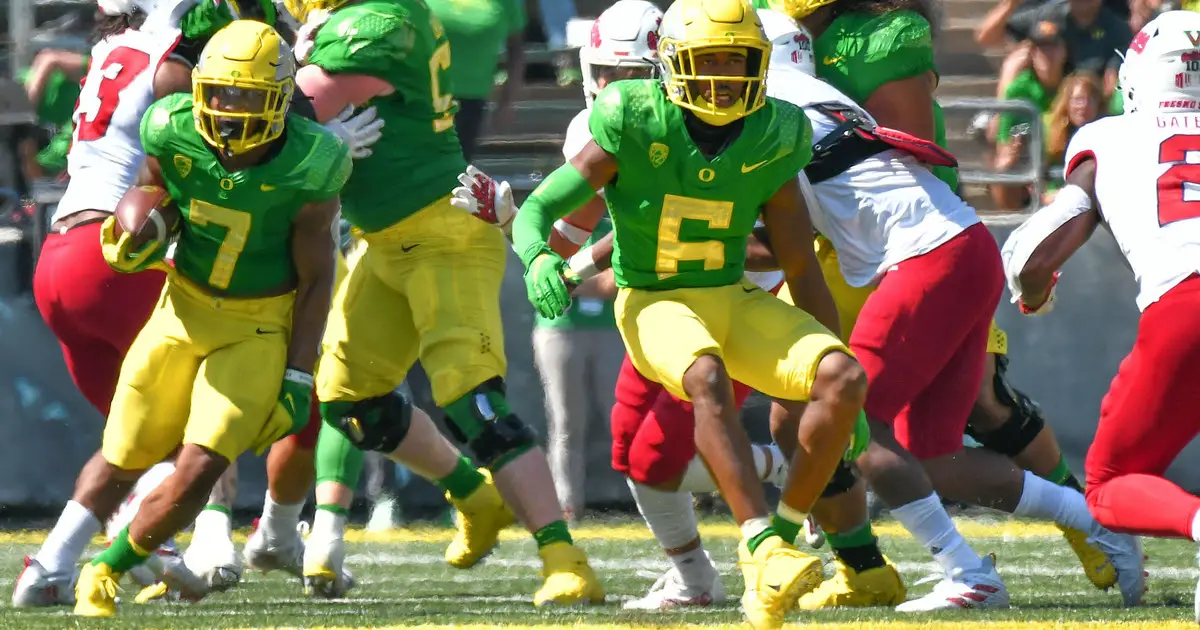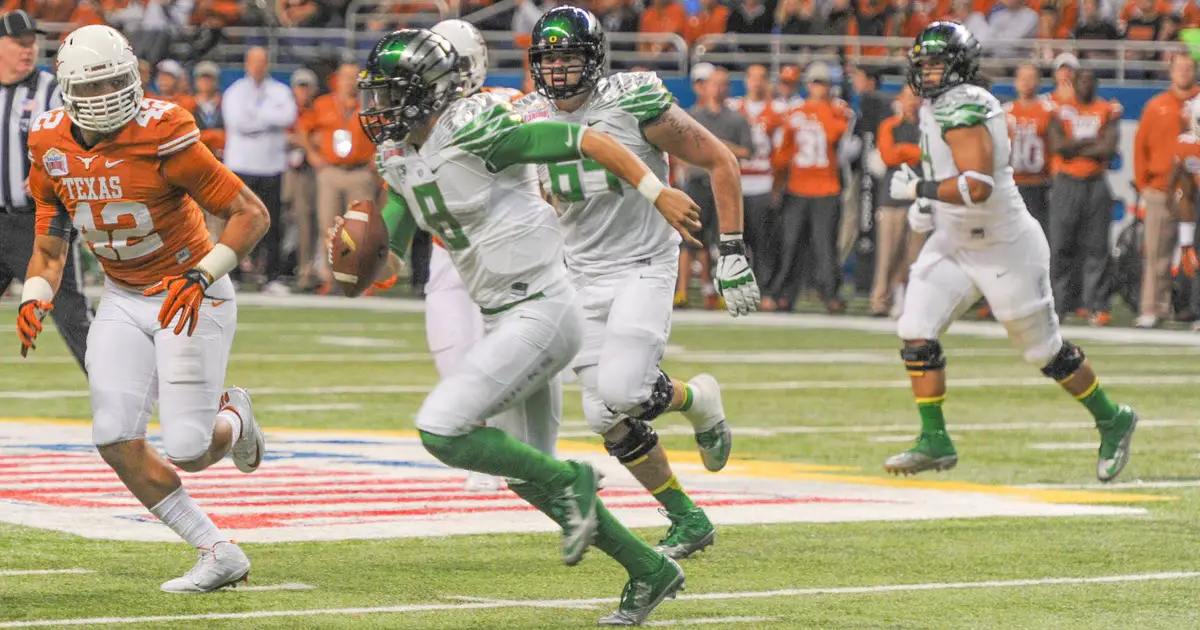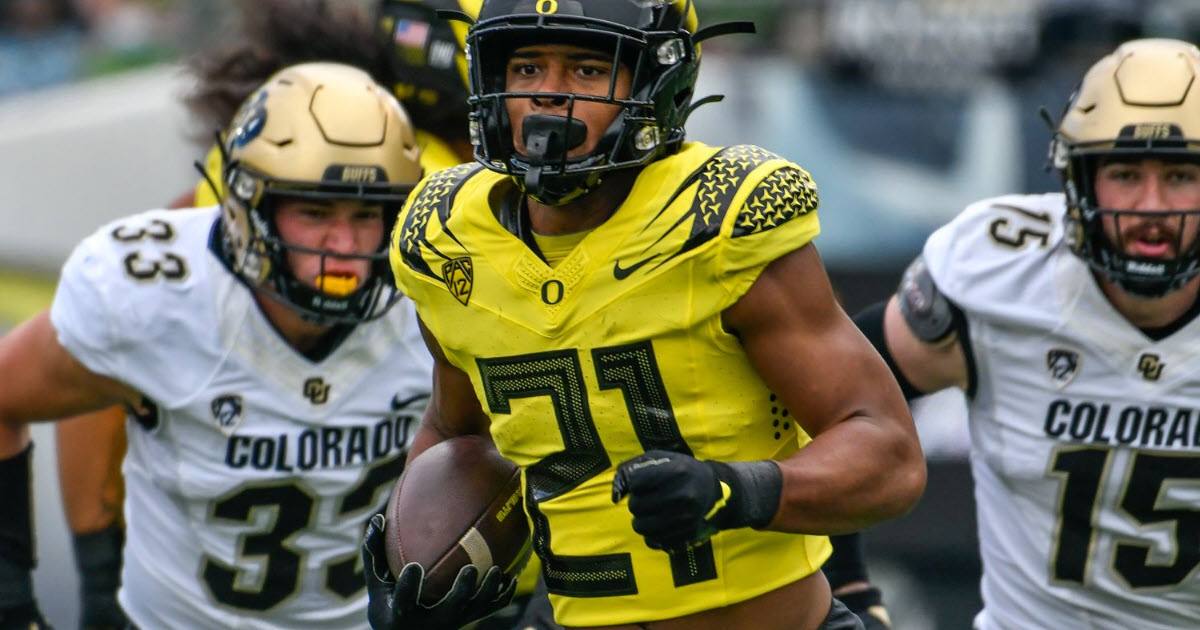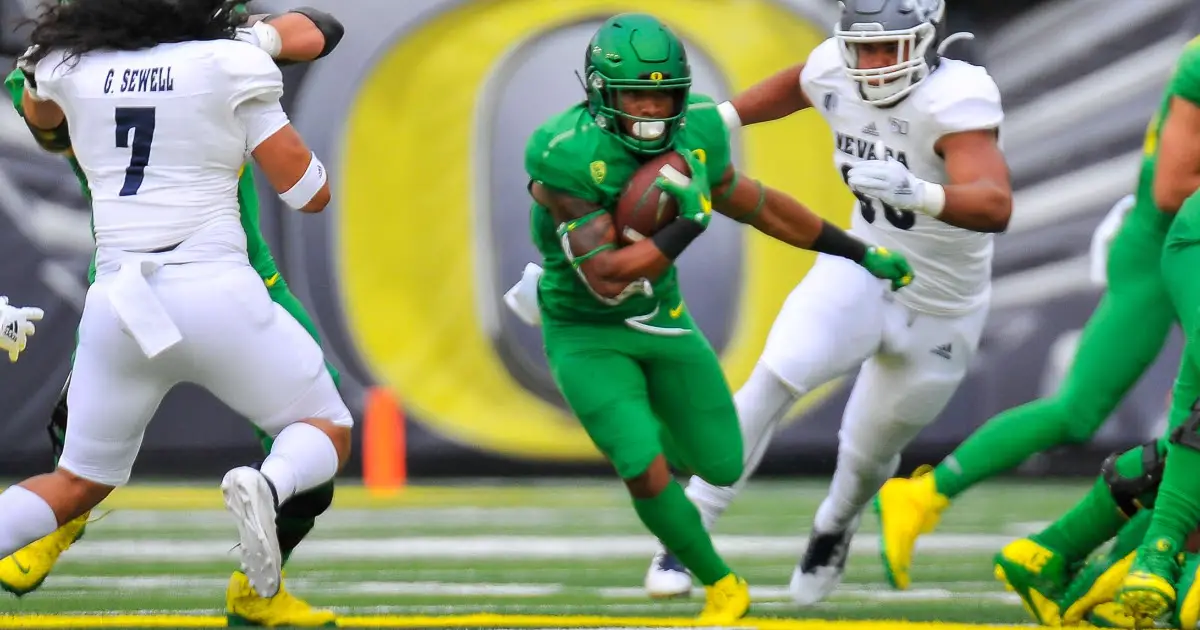Recently in a John Canzano Mailbag article, he was asked whether or not the Pac-12 should consider expansion. Canzano’s answer was that the Pac-12 powers that be will talk about it, but probably not do anything about it. It will likely upset some fans who think expansion is the key to the Pac-12’s survival, but the Pac-12 doesn’t really have anywhere to expand into.
The Pac-12 is geographically isolated from the rest of the Power Five Conferences, and thus the other major football powers in the country. For instance, every other Power Five Conference has overlapping geography with another Power Five Conference.
The Big-12 and the B1G overlap in the state of Iowa as the University of Iowa is in the B1G and Iowa State is in the Big-12. Similar instances can be found in the overlaps between the SEC and ACC in Florida, South Carolina, and Georgia. The ACC and the B1G overlap in Pennsylvania and New York. Then the Big 12 and the SEC overlap currently in the state of Texas with Texas A&M, though the SEC will soon deepen its ties into traditional Big-12 territory when University of Texas and University of Oklahoma formally join the SEC.

CJ Verdell runs against Fresno State en route to an Oregon victory.
As it stands today. the Pac-12 doesn’t overlap with another Power Five Conference though that will change next year when BYU formally joins the Big-12 which would mean both the Pac-12 and Big 12 both share the state of Utah. However, with the departure of Oklahoma and Texas from the Big 12 there will be a debate as to whether or not the Big 12 is still a Power Five Conference.
So if the Pac-12 were to expand where would the Pac-12 expand to? The answer to that is difficult to answer because there really aren’t many options. When the Pac-12 expanded in 2011 and added Utah and Colorado those were probably the only remaining options from the Pac-12 to add as major partners, by taking Utah from the Mountain West Conference and Colorado from the Big 12, so in reality the Pac-12 really only added one established Power Five team.
Boise State and Fresno State feel like easy additions but that really isn’t even a possibility as neither school meet the basic academic standards required to join the Pac-12, but leaving that massive road block aside, the bigger problem is neither school would bring much more income to the conference on the whole.
When thinking about conference expansion and the desire to increase conference revenue is that it is important not to think of it as a single overall number of how much money the Conference brings in but rather how much money does the conference bring in per school. In this case adding schools like Boise State and Fresno State would be a net drain on the Pac-12 as neither would increase the overall income enough to justify the slice of the revenue pie they would in turn be taking.
Other schools that also quickly come to mind are Hawaii and Wyoming, though Hawaii is already expensive for most schools to travel to, which is why there is a rule in place that if a team travels to Hawaii for a non-conference game they can either add an additional home game to their schedule (usually against an FCS team) or they get a bonus bye week. As for Wyoming, it just doesn’t have a terribly large media market and would be a financial burden on the Pac-12 and in reality Hawaii would be as well, so neither are truly options for Pac-12 expansion.

Oregon last played Texas in 2013 in the Alamo Bowl and walked away with a win.
The Pac-12 should aim for some bigger schools who could add more to the overall conference revenue to expand everyone’s revenue and Texas feels like the perfect state for this, especially with football being such a large part of Texas’ culture and increasing access to some of the best recruiting grounds in the country for the Pac-12.
However, the problem here is the biggest prize in Texas is already leaving the Big-12 for the SEC and there is nothing that the Pac-12 could offer to get Texas to join the Pac-12 instead. Other schools like Texas Tech, Baylor and TCU could potentially be tempted with the right financial package but realistically this isn’t going to happen because whatever school in the state of Texas that was to join the Pac-12 would also find itself with some significantly higher travel costs for all sports, because conference alignment would apply to all sports and not just football, as any away games would take place within the current Pac-12 footprint. Let alone the additional stresses put on student athletes having to travel even greater distances to play their away games. Beyond that the state of Texas finds itself more culturally aligned with the southeastern part of the United States than the West Coast.
There does seem to be a desire to add a Texas school into the Pac-12 for both revenue and recruiting and some Pac-12 Presidents may even be open to the idea and find it worth investigating. But the fact of the matter is that there probably isn’t a single Texas program that would even consider joining the Pac-12, and if forced into conference realignment they would look most likely to the SEC instead.

Has joining the Pac-12 benefited Colorado in any major way?
Colorado’s fan base has even been discussing for years whether moving to the Pac-12 was even worth it for them. It has put a greater strain on their logistics and Colorado hasn’t fared too well in both Football and Men’s Basketball having joined the Pac-12, as those are the two biggest revenue driving sports. Colorado is the eastern most Pac-12 school and any other schools looking at joining the Pac-12 would certainly look at the strain it has put on Colorado and question whether the additional geographic burdens outweighs their current situation. The answer is probably no.
The other argument that typically comes up is that the Pac-12’s premier programs of Oregon, USC, UCLA, and Washington should leave the Pac-12 and join another conference, typically the B1G is suggested here. The same reasons why the Pac-12 can’t expand eastward hold for all these schools, the distance is just too great.
There simply aren’t many options available for Pac-12 expansion right now. If the Pac-12 is going to elevate its status in the College Football world then it will have to come with an improvement in the quality of the game played on the field. The West Coast is just too far away to attract any other schools farther east. So are there any other options for the Pac-12?
David Marsh
Portland, Oregon
Top Photo By Kevin Cline

Natalie Liebhaber, the FishDuck.com Volunteer Editor for this article, works in the financial technology industry in SLC, Utah.
Related Articles:
Will The Coaching Carousel Kill Oregon's CFP Chances?
The Playoff Formula Hasn't Changed
Oregon Aims to Bury Dawgs, Punch Playoff Ticket in Rivalry Clash
Huskies Are the New Beavers, Stay In Your Lane Kiffin, and the Civil Apple Cup War
Oregon Football: The X-Factor Vs. Washington
Oregon vs. USC was the Game this Season Needed

David Marsh is a high school social studies teacher in Portland, Oregon. As a teacher he is known for telling puns to his students who sometimes laugh out of sympathy, and being both eccentric about history and the Ducks.
David graduated from the University of Oregon in 2012 with Majors in: Medieval Studies, Religious Studies, and Geography. David began following Ducks Football after being in a car accident in 2012; finding football something new and exciting to learn about during this difficult time in his life. Now, he cannot see life without Oregon football.

